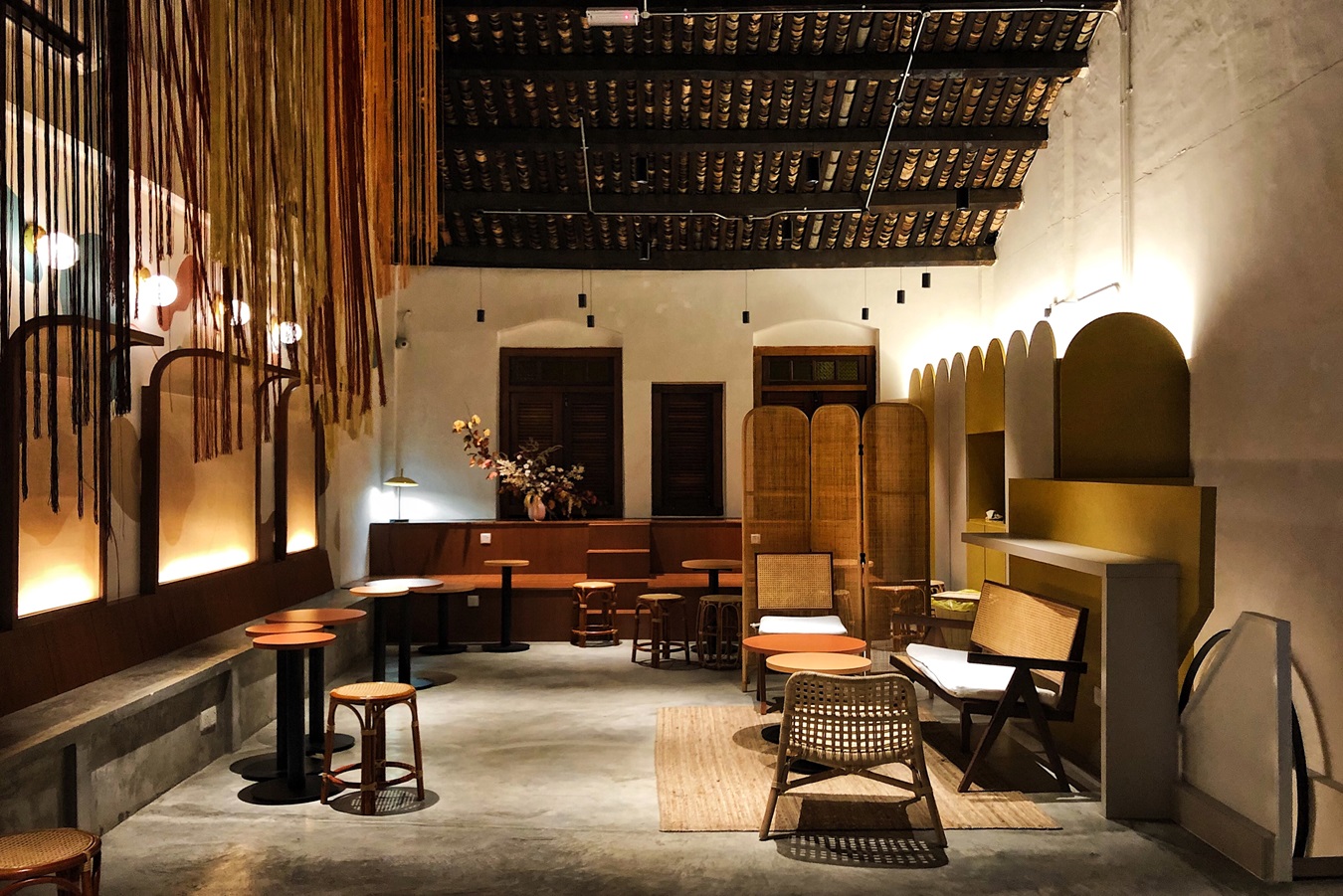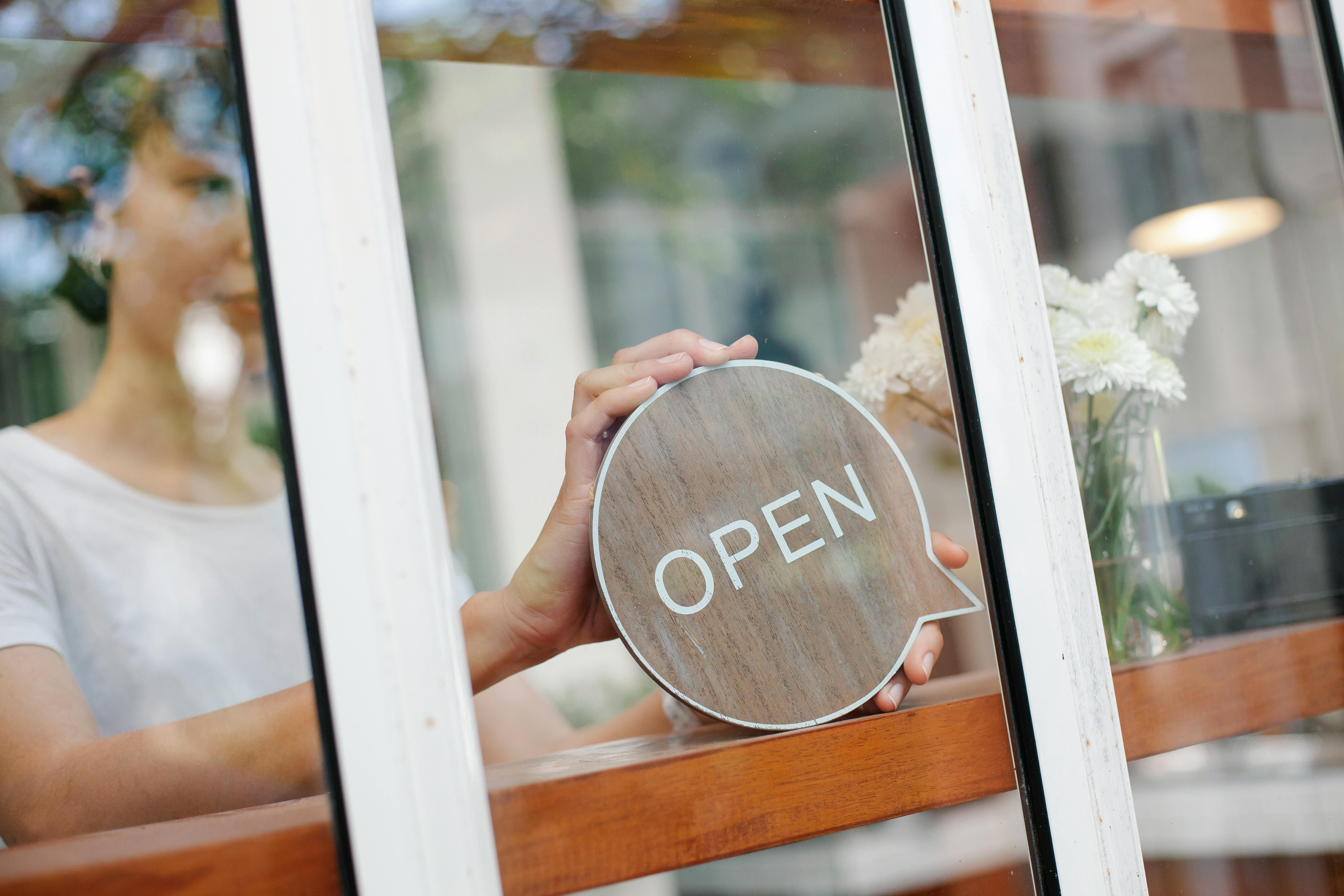 SHARE
SHARE
How to Calculate Discounts Easily and Keep Your Profits Intact
Sovia
Discounts are one of the most common promotional strategies used to attract customer attention.
These price reductions can boost sales, accelerate stock turnover, and expand market reach.
However, offering discounts without proper calculations can actually harm your business.
Understanding how to accurately calculate discounts is essential to ensure your promos remain profitable.
There are many types of discounts you can apply, such as direct price cuts, product bundling, or tiered discounts.
Each has a different calculation method and must align with your business strategy.
A miscalculation can shrink your profit margins or even wipe them out. That’s why it’s important to know how to calculate discounts correctly so that every promo still benefits your business.
To help you out, let’s explore the details below!
Common Types of Discounts
Discounts are no longer just a traditional marketing tactic.
Today, they come in various forms and applications, depending on your business needs and customer behavior.
When applied wisely, discounts not only attract buyers but also boost sales in a short time. Here are some of the most common types:
1. Percentage Discount
This is the most widely used type of discount across industries. It reduces the original price by a certain percentage, 10%, 20%, or even 50%.
The goal is typically to drive high-volume purchases or quickly move slow-selling inventory.
In restaurants, percentage discounts are often applied to specific menus during limited times.
For example, 25% off all drinks on Mondays or 10% off for new customers ordering via an online platform.
2. Flat Discount
Unlike percentage discounts, this one offers a fixed amount off the price. It’s commonly used in F&B businesses because it’s easier for customers to understand.
For instance, a restaurant offers Rp10,000 off for a minimum purchase of Rp40,000.
This encourages customers to buy more to meet the spending requirement, resulting in higher sales volume even with a discount.
3. Special Customer Discounts
This type of discount is exclusive to certain customer groups—debit card users, loyal customers, or members of a loyalty program.
For example, Rp30,000 off for users of a specific e-wallet at a partner restaurant.
This strategy helps build long-term relationships by offering exclusive perks that not everyone gets.
4. Free Gifts
Instead of slashing prices, some businesses opt to offer gifts. These are usually given when a customer meets a purchase requirement.
For example, customers who buy a complete meal package receive a free dessert.
This makes them feel valued and encourages them to try additional products they might not have considered.
5. Free Delivery
In the food delivery world, free shipping is a powerful incentive. Many customers cancel orders due to high delivery fees.
Offering free delivery can increase conversion rates.
Typically, there’s a minimum purchase requirement. For instance: free delivery up to Rp15,000 for orders above Rp40,000.
6. Bundling Discount
Bundling combines several products into one value package. This is often used to encourage bulk purchases.
For example, a lunch package including rice, fried chicken, and a drink for Rp18,000 instead of Rp20,000.
Customers get more value, and the business still makes a profit.
7. Happy Hour Discounts
These are time-limited offers, usually during off-peak hours, to boost sales during quiet times.
For instance, between 8:00–10:00 AM, a restaurant offers Rp5,000 off all breakfast menus.
This strategy can also attract new customers and encourage visits outside of busy hours.
How to Calculate Discounts Correctly
Sumber: freepik.com
After learning about the types of discounts, it’s important to understand how to calculate them, especially percentage discounts.
These are commonly used to boost sales and attract customers. Here are two common methods:
1. Single Discount
This is the simplest type. Just multiply the discount percentage by the original price, then subtract the result from the original price.
Example:
A meal package costs Rp120,000 and is offered at a 25% discount.
Alternatively, calculate using 75% (100% - 25%):
2. Double Discount
This applies two discount rates successively, often used during special events or for members.
Example:
A restaurant gives a 20% discount plus an extra 10% for members. The original price is Rp200,000.
Note: The total discount is not a simple 30%. Understanding this sequential approach is key to avoiding miscalculations.
For F&B businesses, knowing how to calculate percentage discounts is essential for designing effective promo strategies, attracting customers while keeping profits intact.
Read more: Want a Restaurant That's Always Crowded? Understand Buy One Get One First and How to Play It
Discount Tips to Keep Your Business Profitable
Discounts are powerful tools to attract customers. But if done incorrectly, they can eat away at your profits.
Here are some practical tips to keep your promos effective and profitable:
1. Calculate Your Selling Price Accurately
Before offering any discount, ensure your selling price is correctly calculated. This price includes total production costs plus a profit margin.
These costs include raw materials, labor, operations, and packaging. Use this formula:
When applying a discount, make sure the final price still covers your costs. It’s better to reduce your margin slightly than sell below cost.
2. Apply Discounts at the Right Time
Time your discounts wisely to maximize their impact. Consider public holidays, national events, or low-traffic hours.
For example, restaurants near universities could offer promos during school breaks to attract new customers and maintain cash flow during slow periods.
3. Set a Minimum Purchase Requirement
Minimum purchase thresholds are a popular strategy in cafes and restaurants. They encourage higher spending to unlock discounts.
Example: offer a discount for orders above Rp50,000 or Rp100,000. This increases average order value while protecting your profit margin.
Read more: What are Birthday Treats? Smart Tricks to Turn Birthday Moments into Business Opportunities
Conclusion
Mastering how to calculate discounts is a valuable skill for running a successful business.
With the right strategies and accurate calculations, discounts can be a powerful marketing tool, without sacrificing profits.
Don’t just focus on big numbers; aim for smart, well-planned discounts that keep customers happy and your margins safe.
If you want an easier and risk-free way to manage discounts, it’s time to switch to ESB POS.
This point-of-sale app is built for F&B businesses, packed with features for discount management, menu organization, and fraud prevention.
From managing promotions and split bills to loyalty programs and integration with GrabFood, GoFood, and ShopeeFood, ESB POS helps streamline your operations with integrated customer and kitchen displays.
Let’s upgrade your business system with ESB POS today! Contact Team ESB right now for consultations!
 SHARE
SHARE




